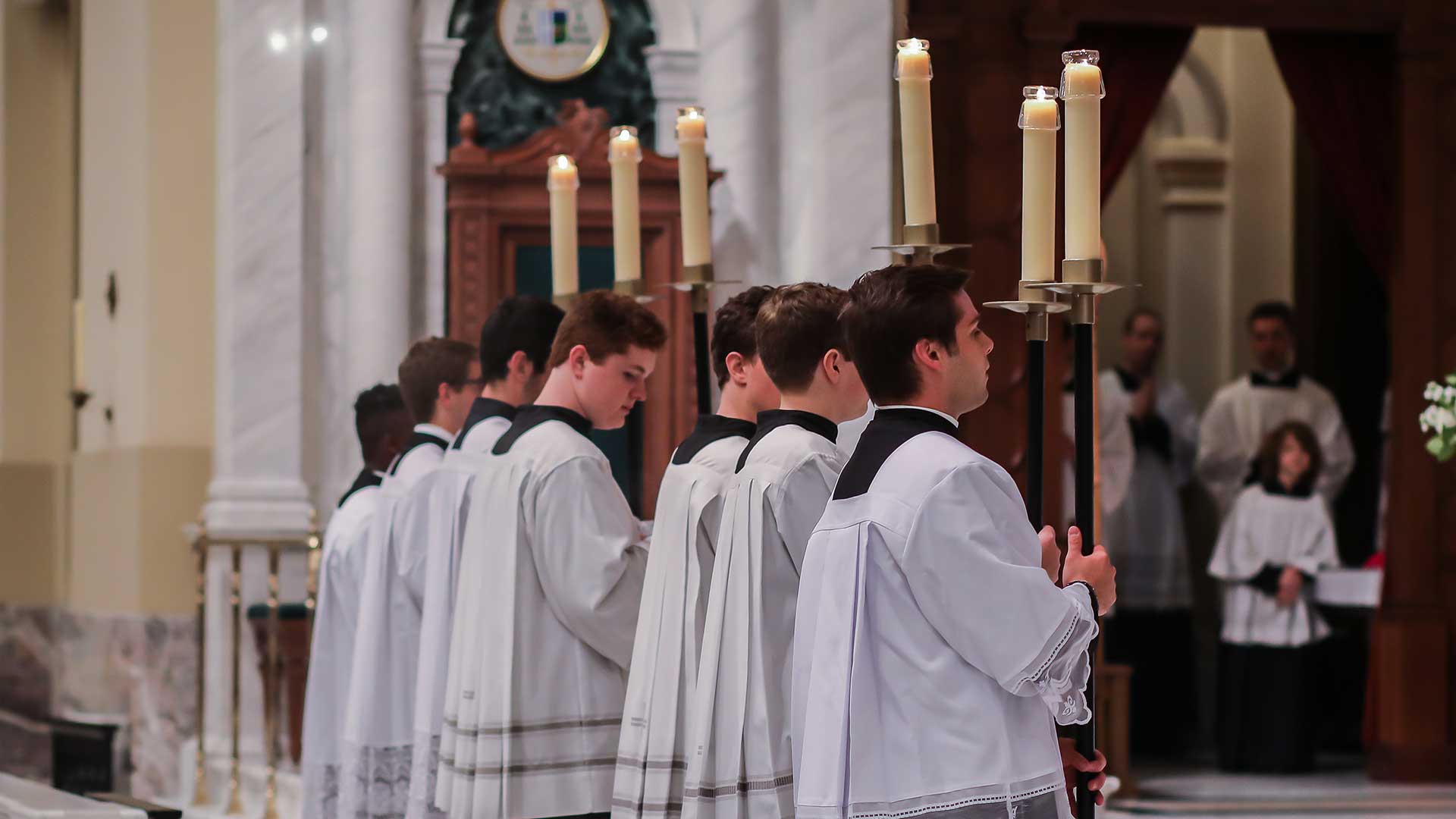
Limbo is a mysterious and intriguing concept that has fascinated people for centuries. Originating from medieval Christian theology, it represents a state of existence between heaven and hell. But what exactly is Limbo? Limbo is often described as a place where souls reside when they are not condemned to hell but are not yet worthy of heaven. This concept has evolved over time, appearing in literature, art, and even pop culture. From Dante's "Divine Comedy" to modern video games, Limbo continues to captivate imaginations. Whether you're curious about its origins, its portrayal in various media, or its theological implications, this blog post will provide you with 40 intriguing facts about Limbo.
What is Limbo?
Limbo is a fascinating concept that has intrigued people for centuries. It often appears in religious, philosophical, and cultural discussions. Here are some intriguing facts about Limbo that will expand your understanding of this mysterious idea.
- Limbo is derived from the Latin word "limbus," meaning "edge" or "boundary."
- In Christian theology, Limbo is considered a state of existence between Heaven and Hell.
- The concept of Limbo is not explicitly mentioned in the Bible.
- Limbo is often associated with unbaptized infants and virtuous non-Christians.
- The idea of Limbo was popularized by medieval theologians like Thomas Aquinas.
- Limbo is divided into two types: Limbo of the Infants and Limbo of the Patriarchs.
- Limbo of the Infants is believed to be a place for unbaptized babies who die without committing personal sins.
- Limbo of the Patriarchs, also known as the "Bosom of Abraham," is where righteous people who died before Christ's resurrection were thought to reside.
- The Catholic Church has never officially defined Limbo as a doctrine.
- In 2007, the International Theological Commission suggested that unbaptized infants might go to Heaven instead of Limbo.
Limbo in Literature and Culture
Limbo has also made its way into various literary works and cultural references. Let's explore some interesting facts about Limbo's presence in literature and culture.
- Dante Alighieri's "Divine Comedy" features Limbo in the first circle of Hell.
- In "Divine Comedy," Limbo is depicted as a peaceful place with green meadows and a castle.
- Famous historical figures like Homer, Socrates, and Aristotle are portrayed as residents of Limbo in Dante's work.
- John Milton's "Paradise Lost" also references Limbo, describing it as a place of "utter darkness."
- Limbo appears in various video games, such as the 2010 indie game "Limbo."
- The concept of Limbo is used metaphorically in modern language to describe a state of uncertainty or waiting.
- Limbo has been depicted in movies like "Inception," where it represents a dream state with no escape.
- In the TV series "Lost," Limbo is referenced as a place between life and death.
- Limbo is often used in poetry to symbolize a state of suspension or indecision.
- The dance called "Limbo" involves bending backward under a horizontal bar, symbolizing the challenge of navigating life's uncertainties.
Limbo in Different Religions
While Limbo is primarily associated with Christianity, other religions and belief systems have similar concepts. Here are some facts about Limbo-like ideas in different religions.
- In Islam, the concept of Barzakh is similar to Limbo, representing a barrier between the physical and spiritual worlds.
- Hinduism has the idea of "Antarabhava," a transitional state between death and rebirth.
- Tibetan Buddhism describes the "Bardo" as an intermediate state between death and the next life.
- Ancient Greek mythology features the "Asphodel Meadows," a place for ordinary souls who were neither virtuous nor evil.
- In Norse mythology, "Hel" is a realm for those who did not die a heroic or honorable death.
- Some Native American tribes believe in a "Spirit World," a place where souls reside before moving on to the afterlife.
- The ancient Egyptians had the "Duat," an underworld where souls undergo judgment before reaching the afterlife.
- In Zoroastrianism, the "Chinvat Bridge" is a crossing point between the world of the living and the afterlife.
- The Aztecs believed in "Mictlan," a nine-level underworld for the dead.
- In Japanese Shinto, "Yomi" is an underworld where the dead reside.
Modern Interpretations of Limbo
As society evolves, so do interpretations of Limbo. Here are some modern takes on this age-old concept.
- Some contemporary theologians view Limbo as a metaphor for spiritual longing.
- Limbo is sometimes used in psychology to describe a state of emotional limbo or indecision.
- In literature, Limbo can symbolize a character's internal struggle or moral ambiguity.
- Modern art often uses Limbo to explore themes of existentialism and the human condition.
- Limbo is sometimes referenced in discussions about the afterlife and near-death experiences.
- The concept of Limbo has been used in science fiction to explore parallel universes and alternate realities.
- Some modern philosophers argue that Limbo represents the human quest for meaning and purpose.
- Limbo is occasionally used in popular culture to critique societal norms and expectations.
- In contemporary music, Limbo can be a metaphor for feeling stuck or trapped in a situation.
- The idea of Limbo continues to evolve, reflecting changing beliefs and cultural attitudes.
Final Thoughts on Limbo
Limbo, with its rich history and cultural significance, offers a fascinating glimpse into human creativity and spirituality. From its origins in Caribbean folklore to its place in modern celebrations, limbo has evolved while retaining its core essence. The dance's unique blend of physical skill and cultural expression makes it a captivating subject for anyone interested in tradition and entertainment. Whether you're a seasoned dancer or a curious observer, understanding the facts about limbo enriches your appreciation for this dynamic art form. So next time you see a limbo stick, you'll know there's more to it than just bending backward. Dive into the world of limbo, and you'll find a dance that connects people across generations and geographies. Keep these facts in mind, and you'll always have something intriguing to share at your next gathering.
Was this page helpful?
Our commitment to delivering trustworthy and engaging content is at the heart of what we do. Each fact on our site is contributed by real users like you, bringing a wealth of diverse insights and information. To ensure the highest standards of accuracy and reliability, our dedicated editors meticulously review each submission. This process guarantees that the facts we share are not only fascinating but also credible. Trust in our commitment to quality and authenticity as you explore and learn with us.


